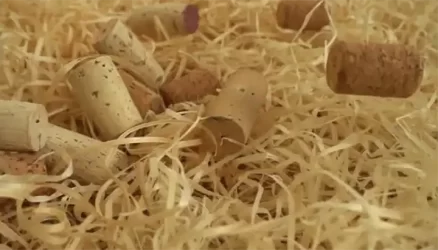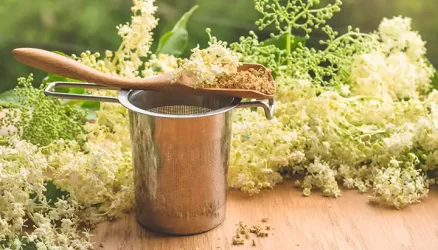Transform Your Fruit Plants with This Powerful Homemade Fertilizer

Having trouble getting your fruit plants to produce those luscious, juicy fruits? Whether you have an orange tree, lemon tree, papaya, mango, or any other fruit-bearing plant at home, this guide is for you. Learn how to create and apply an effective, budget-friendly fertilizer that will lead to an explosion of flowers and fruits in your garden.
Why Your Fruit Plants Need This Fertilizer
Fruit plants require specific nutrients to produce flowers and, subsequently, fruits. Without the right fertilization, these plants might not thrive or bear fruit. This guide provides a comprehensive method to ensure your fruit plants receive the nutrients they need, resulting in abundant flowering and fruiting.
Essential Ingredients for the Fertilizer
- Well-Composted Chicken Manure (15 liters)
- Chicken manure is rich in nitrogen, phosphorus, and potassium (NPK), which are essential for plant growth.
- NPK Fertilizer (250-300 grams of 10-10-30)
- This particular blend provides a balanced ratio of nutrients, with a high percentage of phosphorus to promote flowering and fruiting.
- Limestone (300 grams)
- Limestone helps to neutralize soil acidity, creating an optimal growing environment for your plants.
Step-by-Step Guide to Fertilizing Your Fruit Plants
- Preparation
- Choose a sunny spot for your plant. Fruit plants with broad, hard leaves especially need plenty of sunlight to produce fruits effectively.
- Gather your ingredients: well-composted chicken manure, NPK 10-10-30 fertilizer, and limestone.
- Creating the Fertilizer Mix
- In a 15-liter bucket, combine the chicken manure with the NPK fertilizer and limestone. If chicken manure is unavailable, you can substitute it with 30 liters of well-composted cow manure.
- Applying the Fertilizer
- Use a hoe to dig a semi-circle (half-moon shape) around the base of your plant, maintaining a distance of 80 cm to 1 meter from the trunk.
- Sprinkle the limestone evenly within this dug-out area. Limestone reduces soil acidity, which is crucial for nutrient absorption.
- Next, evenly spread the chicken manure mixture over the same area. If you prefer not to handle the soil directly, use a tool to mix it thoroughly.
- Finally, apply the NPK fertilizer in the same way.
- Covering and Watering
- Use a hoe to cover the fertilizer with soil. This helps the nutrients to integrate with the soil and reach the plant’s roots more efficiently.
- Water the area thoroughly to help dissolve the fertilizers and allow the roots to absorb the nutrients quickly. If it’s already raining heavily, you can skip this step to avoid over-watering.
Benefits and Expected Results
- Rapid Nutrient Absorption: The mineral-based fertilizers in this mixture are quickly absorbed by the roots, showing visible results in as little as 3-4 days.
- Enhanced Flowering: You’ll notice a significant increase in the number of flowers, which is the first step towards fruit production.
- Boosted Fruit Production: Regular fertilization ensures that the flowers develop into healthy fruits. This method not only increases the quantity but also improves the quality of the fruits.
Maintenance and Frequency of Application
- Regular Application: For best results, apply this fertilizer mixture once a month. If your plants are not yet in the flowering stage, continue with this routine to promote healthy growth.
- Adaptation: If you are unable to apply the fertilizer monthly, try to do it at least every two months. Consistency is key to achieving and maintaining high fruit production.
By following this guide, you can transform your home garden into a thriving haven of fruit-bearing plants. Regular and proper fertilization is essential for achieving abundant flowering and fruit production. Remember, a little effort goes a long way in ensuring your plants remain healthy and productive.
For more gardening tips and techniques, stay tuned and don’t forget to share your success stories with us. Happy gardening!



















